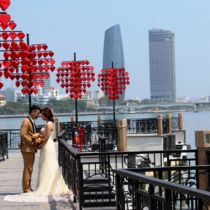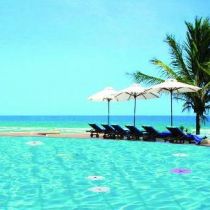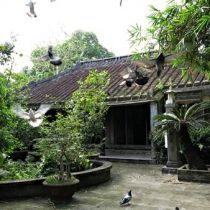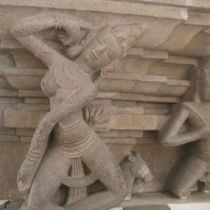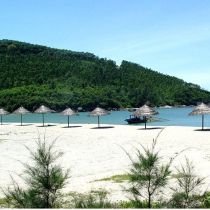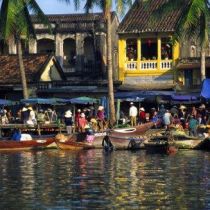DA NANG CITY Square: 1283,4 km 2 Population: 926,0 thousands people (2010) Districts: Hai Chau, Thanh Khe, Son Tra, Ngu Hanh Son, Lien Chieu, Cam Le, Hoa Vang, Hoang Sa OVERVIEW: The city is in the site of the East Sea and Han River with special different charms. Nature has offered the city a great position among three World heritages generously: ancient royal capital Hue, ancient city Hoi An and Holy land My Son. Thanks to this, Da Nang plays an important role in hosting,...
